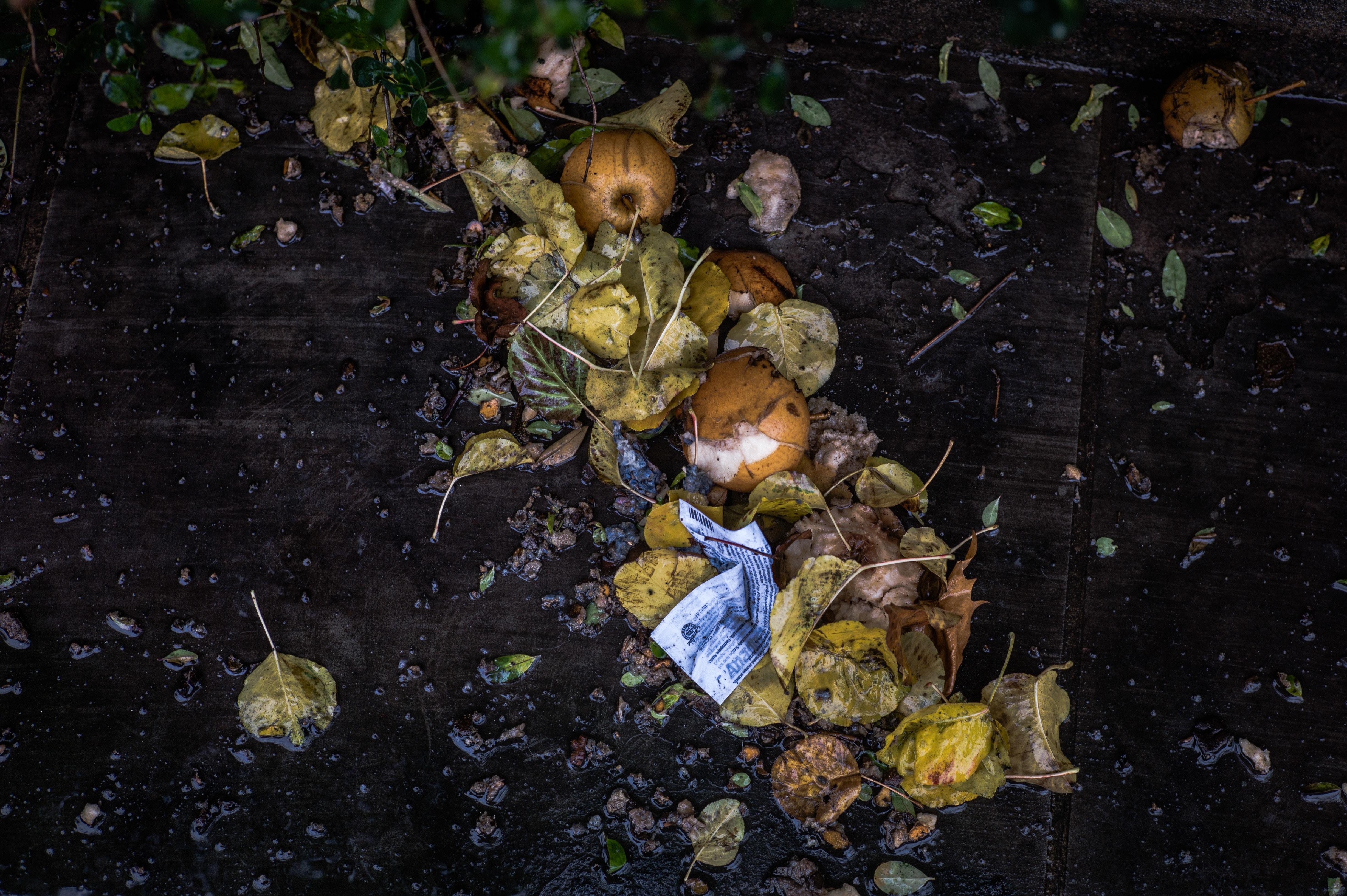5 Ways To Reduce Food Waste and Increase Profits in Food Manufacturing

In the US, food and beverage manufacturing accounts for $126 billion of the economy. While that’s a massive number, getting a piece of these profits can be massively difficult. So, what can food manufacturers do boost their profits? Reduce waste. And how can food manufacturers reduce waste? With the following five methods.
1. Package For a Longer Lifespan
By choosing packaging that can help increase the lifespan of your product, you can reduce the amount of product wasted. Some packaging options available to you are modified atmosphere packaging (MAP), skin pack, and controlled atmosphere packaging (CAP). MAP prolongs the shelf life of the product by minimizing the potential microbial growth through displacing regular air for low-oxygen gases. Skin pack also prolongs the shelf-life of poultry by using vacuum packing to seal the meat. Finally, CAP prolongs storage times of products with the addition of oxygen absorbers to regulate the temperature and humidity of a product. While each of these packaging methods is a bit different than the last, they all reduce the possibility of spoiled product.
2. Stop Creating Waste in the First Place
It’s easiest to reduce food waste when it’s not created to begin with. For example, ConAgra Foods prevented food waste by not creating it when they reduced the amount of dough needed to be trimmed off the pie shell of their Marie Calendar’s potpies. By making this change, ConAgra Foods saved over 300 tons of pie dough in one year, resulting in food waste that didn’t happen.
3. Donate The Waste
When you do have unused food, donate it to food banks and other food donation organizations. Besides the fact that this method turns what would have been wasted food into a meal for someone else, there may be a monetary incentive to donate in the near future. While provisions expected in the new farm bill will encourage more growers, processors, and retailers to donate food products that would otherwise be discarded, it’s also possible that the farm bill will also include direct financial incentives for donations. For example, when farmers want to give food banks commodities that can’t be sold, their costs could be covered using The Emergency Food Assistance Program according to the new farm bill.
4. Recycle
Even when you do all you can to reduce waste, some food waste is unavoidable, such as trimmings and peels. Because it’s best to keep these materials out of landfills, its best to get creative about recycling unavoidable food waste so that they don’t create methane gas. For example, manufacturers recycle almost 94% of the food waste from their operations, much of which goes to animal feed, composting, and creating energy.
5. Invest in ERP for Food Manufacturing
With ERP software that was built for food manufacturing, such as NorthScope, you can accurately track lots to adhere to expirations, product levels to avoid overstocking, production trends to improve planning, and more. By having an accurate, real-time view into your inventory, you can more easily avoid waste caused by overstocking, expiring, and non-selling products.
